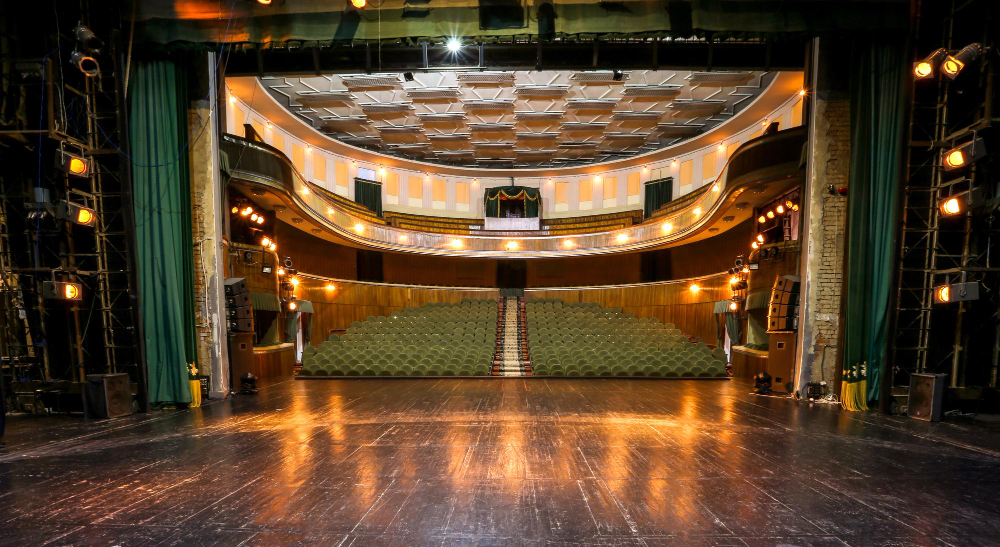
Dramatic Conventions: Fourth Wall
Ah, the mysterious “fourth wall.” No, it’s not the latest in home renovation trends, nor is it a secret panel in your favourite detective series. The fourth wall is one of the most intriguing concepts in theatre and film. But what is this invisible wall, and why is it so essential to the world of drama? Let’s pull back the curtain (pun intended) and explore!
The Invisible Barrier
To put it simply, the fourth wall is an imaginary boundary that separates the world of the characters from the world of the audience. Picture a traditional proscenium theatre stage. There are three physical walls: one at the back and two on the sides. The fourth wall, then, is the invisible barrier at the front, through which the audience observes the action.
Why Is It Called the Fourth Wall?
The term hails from the world of theatre. In many traditional stage settings, a room is represented by three physical walls. The “fourth” wall is the imaginary one facing the audience. It’s like we’re peeping into the character’s world through a one-way mirror.
Breaking the Fourth Wall: A Dramatic Twist
While the fourth wall typically remains intact, allowing the audience to be passive observers, sometimes characters decide to shatter this boundary. When they do, they’re said to be “breaking the fourth wall.”
1. Engaging the Audience Directly
By breaking the fourth wall, characters can talk to the audience directly. It’s a cheeky way to involve viewers, making them active participants rather than mere spectators.
2. Commentary on the Play Itself
Sometimes, breaking the fourth wall serves as a meta-commentary on the play or film itself. Characters might comment on the plot, poke fun at clichés, or even criticize the writer!
3. Comedy Gold
Many comedic works use this technique for laughs. Ever watched a sitcom where a character gives a knowing glance to the camera? That’s a subtle way of breaking the fourth wall, and it can be hilarious!
Famous Fourth Wall Breaks
While the concept has been around for centuries, here are some iconic fourth wall breaks:
- Shakespeare’s “Henry V”: The Chorus frequently addresses the audience, asking them to use their imagination to enhance the play’s settings.
- “House of Cards”: Frank Underwood’s direct addresses to the camera are a modern and chilling example of the technique.
- “Ferris Bueller’s Day Off”: Ferris often speaks to the audience, making them accomplices in his escapades.
Conclusion
The fourth wall is a fascinating convention in drama. It maintains the world of the play or film, but when shattered, it can add layers of meaning, comedy, or engagement. So, the next time you’re engrossed in a film or play, and a character suddenly starts chatting with you, remember: that’s the magic of breaking the fourth wall!






